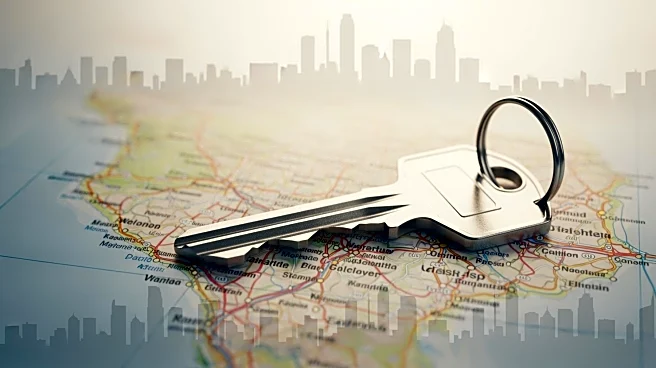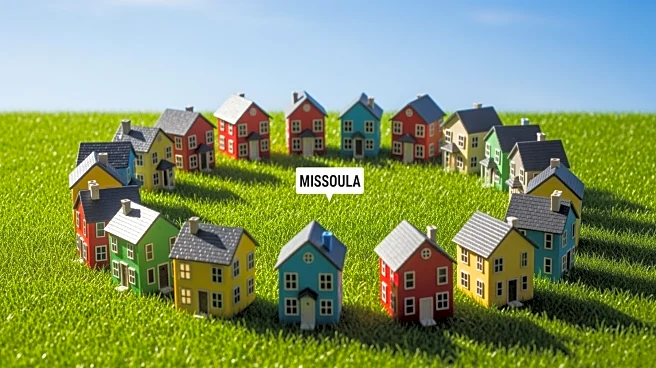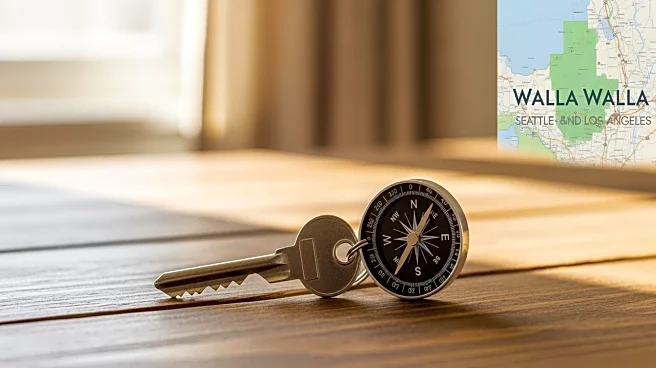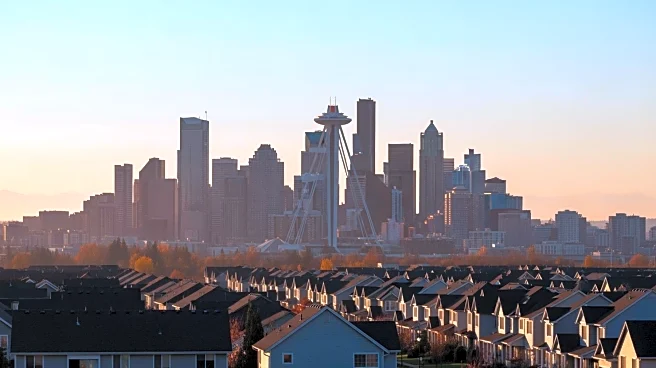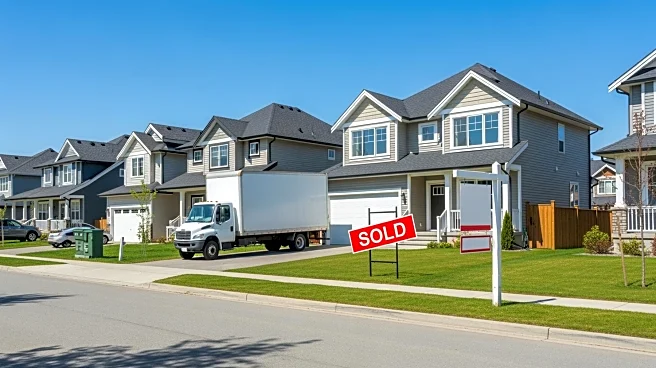What's Happening?
VA loans, insured by the Department of Veterans Affairs, offer U.S. military veterans the opportunity to purchase homes with no money down, potentially accelerating their path to homeownership. Despite
this advantage, a recent analysis by Realtor.com highlights that only about 1 in 5 homes nationwide is affordable to veterans. In 2023, the share of listings affordable to veterans using VA loans or conventional financing fell to record lows, with only 20.2% and 25.5% of homes being affordable, respectively. In cities like San Jose, Los Angeles, and San Francisco, veterans can afford less than 1% of for-sale homes using VA loans, indicating significant affordability barriers. The National Association of Realtors emphasizes the benefit of VA loans, which allow veterans to start building equity sooner without the need for a downpayment, although this results in higher monthly payments compared to conventional loans.
Why It's Important?
The low utilization rates of VA loans in key metropolitan areas highlight a critical issue in veteran homeownership. While VA loans offer significant benefits, such as no downpayment, the affordability of homes remains a major barrier. This situation affects veterans' ability to access homeownership, particularly in high-cost markets where the benefit intensity of VA loans is high but awareness and utilization are low. Increasing awareness and utilization of VA loans could significantly reduce the time it takes for veterans to purchase homes, providing them with a crucial advantage in building equity and financial stability. The mismatch between VA loan benefits and their utilization underscores the need for targeted efforts to educate veterans about these opportunities.
What's Next?
Efforts to increase awareness and utilization of VA loans among veterans could be crucial in addressing the affordability mismatch in key metropolitan areas. Stakeholders, including real estate professionals and veteran advocacy groups, may focus on educational campaigns to highlight the benefits of VA loans. Additionally, policy adjustments or incentives to promote VA loan usage in high-cost markets could be considered to enhance veteran homeownership rates. Monitoring the impact of these initiatives on veteran homeownership and affordability in various regions will be essential in evaluating their effectiveness.
Beyond the Headlines
The broader implications of low VA loan utilization rates extend to the economic and social well-being of veterans. Homeownership is a key factor in financial stability and wealth accumulation, and barriers to accessing it can have long-term effects on veterans' economic prospects. Addressing these barriers not only supports individual veterans but also contributes to the overall health of communities by fostering stable, invested residents. The ethical dimension of ensuring veterans have equitable access to homeownership opportunities is also significant, reflecting societal values of supporting those who have served.
